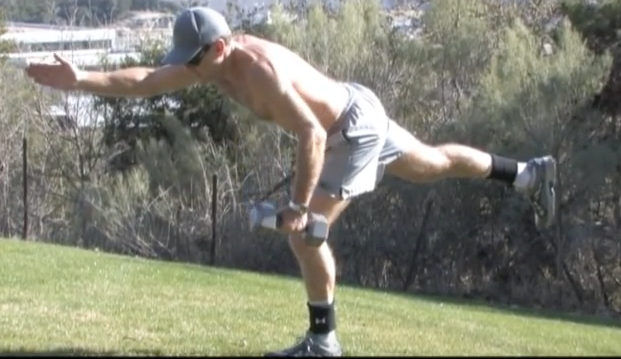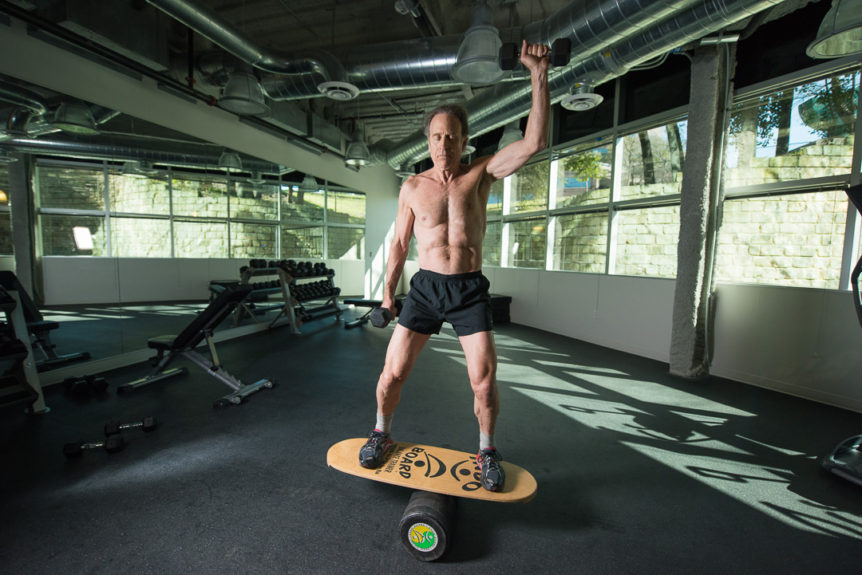Reverse the Loss of Equilibrium Balance
You Don’t Have to Fall
Start Protecting Yourself From the Most Common Senior Injuries Caused by Falling
This guidance is for all us seniors. Be aware of the dangers of injuries caused by loss of equilibrium balance. Our old bones break easier than when we were young. To add insult to injury they heal slower. If that’s not enough to make us more careful the fact is that some breaks won’t ever heal. The following instructions will help you to prevent debilitating injuries.
Falling and hitting your head could end your life. I’ve seen what that did to my 93-year-old friend. He was healthy active and vigorous until he lost his balance. He fell down and smacked his head. That caused a concussion. He could not walk on his own. He lost his appetite, became sedentary and died within one year. He was an inspiration to me with his work and physical fitness discipline. Sure, 93 is a good long life. It’s heartbreaking because he still had some good years in him. One moment of inattention ended his life.
We need equilibrium balance to stand up and walk. That requires coordination between the brain, muscles, and joints. As bipeds, that’s what keeps us balanced and prevents falls. As we age that communication often becomes blurred.
Three Signals to the Brain
Your brain relies on sensory inputs to maintain your balance. These include:
1. Sensory information from your eyes. What we see around us communicates our environment to our brain. Looking up at clouds moving without seeing the ground can cause a dizzy feeling. Our eyes tell our brain that something is moving. We don’t sense the ground moving so our brain gets confused. A lifetime of equilibrium balance allows us to stabilize. As we age our eyes might fail to send the signals unimpaired.
2. Sensory signals from your inner ear. Within your inner ear is a system of canals with fluids that move over hair cells. You can read about the inner ear here. Ear infections, head injuries, and illness may cause damage to that vestibular system. That system is your internal gyroscope. Keep your ears clean and have them checked for excessive wax buildup. The amount of wax a doctor washes out will shock you.
3. Information input from your joints and back. Over time the wear on your joints and back can cause misalignment. Old sports injuries get worse with age. That will cause a person to stand and walk in a manner that is least painful. That could affect equilibrium balance causing a fall.
You Can Improve Equilibrium Balance Problems Caused by Impaired Vision
Ask someone with good vision to stick a piece of tape on the wall. Use a carpenter’s level to make it exactly vertical. Make it higher than your height. Stand with your back close to the wall with the tape even with your spine. Close your eyes and bend side to side. Stand still facing forward with your eyes still closed. Try to stand as vertical as possible. You’re doing this by feel. Your observer will see if the tape is in the middle of the back of your head. Now turn to one side and repeat the same test. Your observer should be looking for a straight line from your hips through the middle of your head. Practice this to control your center of gravity. That will help you keep your balance when you can’t see well. With impaired vision, you’re vulnerable to tripping on an unseen object. Your improved “blind” balance will help you to recover and stay on your feet.
Other Issues That Can Increase The Chance of Falling
- Hips and legs are weak.
- Poor Posture and spine damage.
- You Shuffle your feet when walking then stumble.
- Slower reaction time.
- Low blood pressure causes dizziness.
- Reaction from your prescription drugs.
Tips For Going on The Offensive
Strengthen your hips and legs with more walking. With your doctor’s approval, you should increase the distance of your walks. Go outside and walk every day. Keep a record of distance and time. Walk up hills. If due to physical issues long walks are too painful there is another exercise you can do. You can work your legs and improve your cardiovascular condition right at home. Many people prefer a stationary bicycle for an intense workout without any impact. At a low cost, you can buy a stationary bicycle.
Some spine and posture damages may seem to need surgery. Before taking that drastic step try deep tissue massage therapy Very often surgery does not solve the problem but does cause more damage. This is especially true for seniors. You’re better off dealing with discomfort rather than the huge risk of surgery.
Get rid of shuffling. Practice high knee marching in place. Hold on to a chair or countertop for balance. We walk to move forward. Part of the movement should involve lifting our feet. That automatic reflex degrades with age. We also get lazy. Think about that while walking. Lift your knees. Don’t let your feet drag.
Accept Reality. There’s a reason why the highest paid athletes in the world retire. Aside from injuries, it’s the slower reaction time. This happens to most of them in their 30s! That’s reality. With that in mind, we seniors must realize our slower reaction time might not stop a fall once it starts. By staying aware and paying attention to our actions we can stop falls from occurring.
Here’s An Easy Way to Test and Improve Your Balance
One Foot Balancing
Practice standing on one foot. Hold the back of a chair or countertop if needed. Bend your knee as if to squat but only lower yourself a small distance. Now straighten your leg. This movement strengthens your leg muscles while improving balance. As you repeat this movement over time you will continue to gain strength and confidence. You will regain that youthful spring in your step. You don’t have to be young to feel youthful.

I demonstrate a more advanced one-foot balance exercise.
See our article good balance starts with foot alignment here
Share this Post
